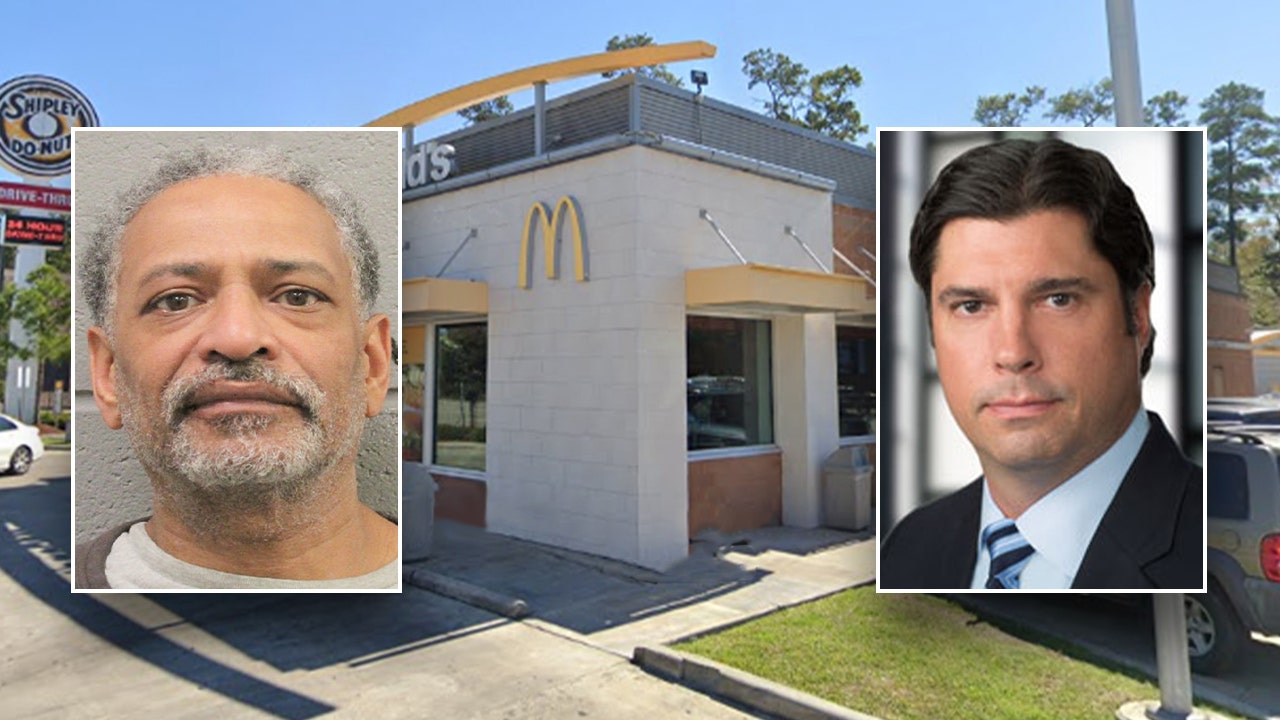But there is still time to save the plan. Congestion pricing can’t be stopped without a formal vote of the M.T.A. board. Though most of its members are appointed by the governor or her suburban allies, they represent an independent agency and do not have to consent to her panicked political demand. The board members have a fiduciary responsibility to their agency. Postponing or killing the congestion program would mean an immediate loss of a projected $1 billion a year to the agency’s capital plan, meaning no money for a pollution-free electric bus fleet or the extension of the Second Avenue Subway to Harlem. It could also mark the end of a successful, painstaking campaign to modernize the subway system that helps power the largest city in the country.
The clearest indication of the hasty and ill-considered nature of this decision is that Ms. Hochul had no serious plan to replace that revenue. She initially proposed raising the payroll mobility tax on New York City businesses, which would be paid by their employees. But that was immediately shot down by state lawmakers, many of whom pointed out, rightly, that it was unfair to make city workers shoulder this burden while imposing no charge on suburban residents who also use M.T.A. rail and bus systems.
Her next idea was somehow to find $1 billion in the state’s general fund, and her aides spent Friday (expected to be the last day of the 2024 legislative session) trying to find support for this proposal. Lawmakers should firmly reject it. Even if the money could be scraped together, general-fund revenues are not the kind of secured funding stream needed to support the sale of bonds, which the M.T.A. needs to pay for those projects. Congestion pricing, however, would be a steady source of money, and if lawmakers hold the line and refuse to replace it, the state may have no choice but to return to the original system.
And that system, while not perfect, is a good one, studied and hashed out by more than one generation of planners, financial experts and engineers. Imposing a toll on drivers in a clogged city core has proved successful in cities like London, Stockholm and Singapore. In London, the system reduced congestion after it began by 30 percent and increased bus ridership by 33 percent, according to one report. In Stockholm, rates of childhood asthma fell by nearly 50 percent.
The dominant car culture in the United States has prevented similar experiments here, but in 2019, after a summer of mass transit breakdowns, the New York State Legislature passed a law creating a congestion-pricing system that would reduce the number of cars in the Manhattan core by 100,000 vehicles a day. Ideally, the system would have been modified to impose a toll based on how many miles cars are driven within the congestion zone, rather than tolling every vehicle the same upon entering, and there could have been more flexibility in the toll to ease it in during the early years.






